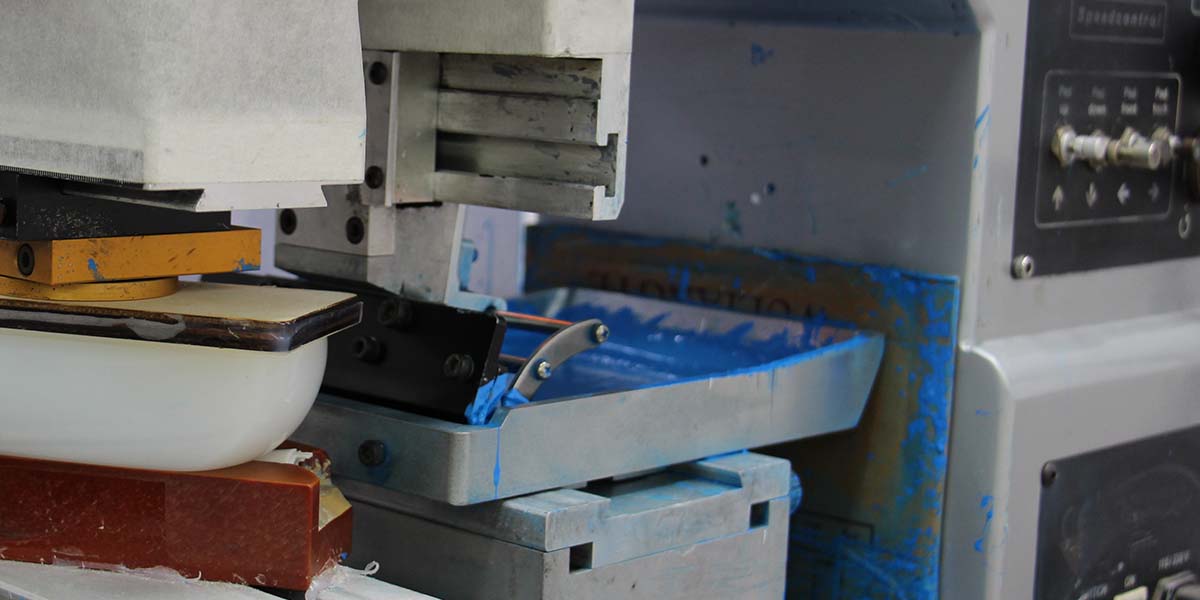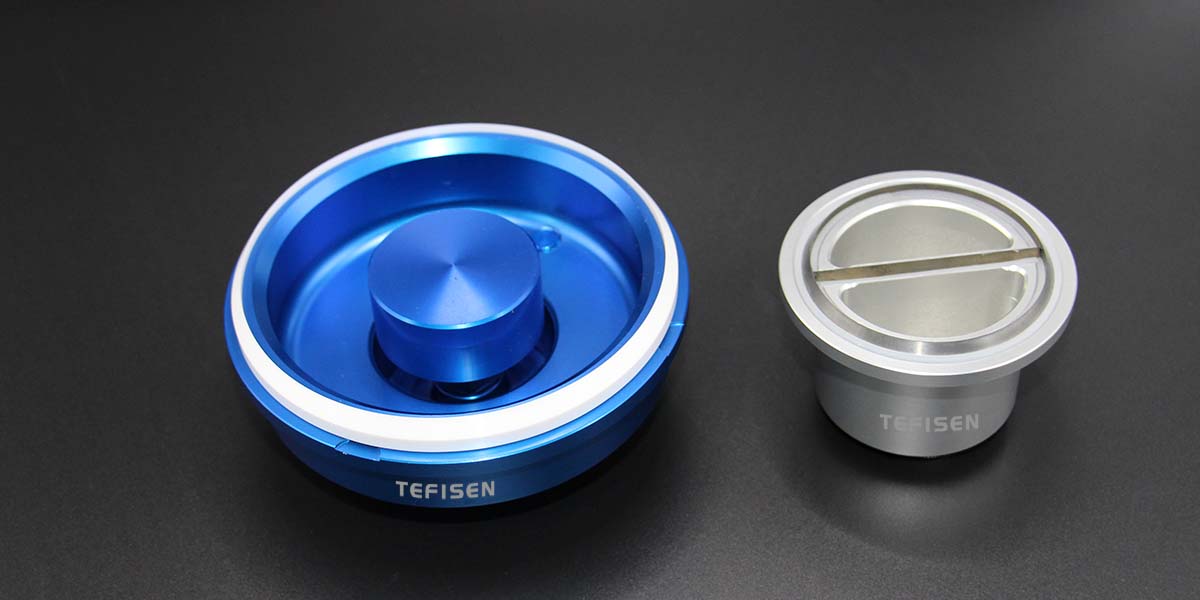Tefisen Eco-friendly Pad Printing Machine: Efficient, Low-Consumption, Green Printing Choice
In traditional pad printing processes, pollution primarily stems from the diverse chemical materials used and their operational methods, posing a threat to the environment while also increasing operational costs for enterprises. Addressing these issues, Tefisen's eco-friendly pad printing machines, armed with innovative technology and green concepts, offer a range of solutions, with the application of enclosed ink cups and eco-friendly printing plates being particularly crucial. These measures effectively mitigate pollution and significantly reduce wasteful costs.

I. Sources of Pollution in Traditional Pad Printing Processes
1. Printing Inks
Traditional pad printing inks often contain heavy metals, volatile organic compounds (VOCs), and other harmful substances. These easily evaporate into the air during printing, causing air pollution, and may also enter the environment through wastewater and waste residues, leading to long-term pollution.
2. Thinners and Cleaners
Thinners are used to dilute inks, while cleaners are for equipment and tool cleaning. These chemicals also contain substantial VOCs and other harmful components, posing health risks to operators through their volatility and toxicity, while increasing exhaust gas and wastewater emissions.
3. Alcohol
In some pad printing processes, alcohol serves as a solvent or cleaner. Its flammable and explosive nature adds safety hazards to the production process, while its volatility exacerbates air pollution.
4. Films and Other Chemicals
Films, as plate-making materials, may generate hazardous wastewater during processing. Other chemicals like developer and fixer also contribute to pollution during plate-making or cleaning.
5. Open Ink Plates
Traditional pad printing machines often employ open ink plates, exposing ink to the air. This accelerates ink evaporation and oxidation, reducing ink efficiency and increasing the risk of air pollution.
II. Tefisen Eco-Friendly Pad Printing Machine Solutions
1. Environmental Benefits of Enclosed Ink Cups

- Ink Volatilization Reduction: Experimental data shows that Tefisen's enclosed ink cup design reduces ink volatilization by up to 80% compared to traditional open ink plates. This significantly decreases VOC emissions within the same production cycle, mitigating air pollution.
- Increased Ink Efficiency: By minimizing ink evaporation and oxidation, enclosed ink cups enhance ink usage efficiency. Statistics indicate a reduction in ink consumption by approximately 20%, directly lowering production costs.
2. Performance Advantages of Eco-Friendly Printing Plates
- Improved Print Run Length: Made from special materials, Tefisen's eco-friendly printing plates offer a print run length increase of over 30% compared to traditional plates. This decreases replacement frequency, reducing waste generation and costs.
- Enhanced Print Quality: The plates not only endure longer but also deliver superior print quality. Customers report improved clarity, color reproduction, and a 15% reduction in rejects, enhancing production efficiency and customer satisfaction.
3. Cost Savings and Economic Benefits
- Reduced Chemical Consumption: Combining enclosed ink cups and eco-friendly printing plates, enterprises can reduce chemical consumption by approximately 30% annually. For a medium-sized pad printing enterprise, this translates to savings of tens of thousands of dollars in chemical procurement costs each year.
- Lower Environmental Treatment Costs: Decreased emissions and waste generation lead to lower environmental treatment costs. Estimates show a 25% reduction in these costs after adopting Tefisen's eco-friendly machines.
- Increased Production Efficiency: Enhanced print quality and reduced rejects directly boost production efficiency. For a production line producing 100,000 pieces daily, adopting eco-friendly machines can increase daily output by approximately 5%, translating to an annual increase of 1.8 million pieces and significant economic benefits.
In conclusion, Tefisen's eco-friendly pad printing machines, through innovative technologies like enclosed ink cups and eco-friendly printing plates, effectively address pollution issues in traditional pad printing processes and help enterprises reduce waste. These solutions align with environmental requirements while generating notable economic and social benefits. As environmental awareness grows and regulations tighten, Tefisen's eco-friendly solutions will likely gain wider adoption among enterprises.

